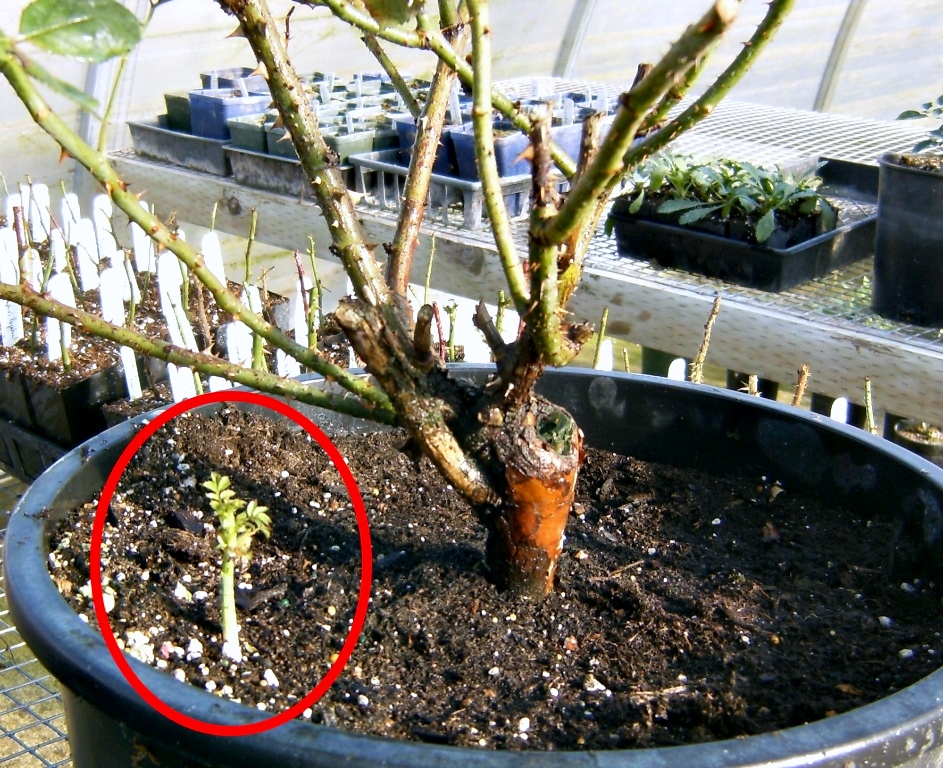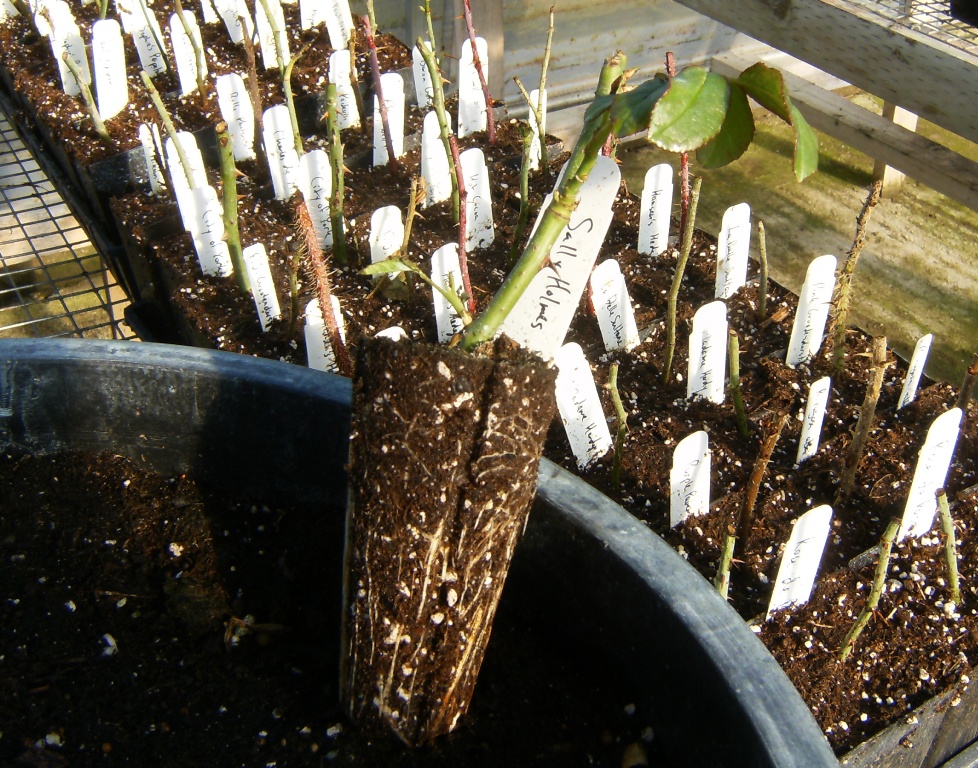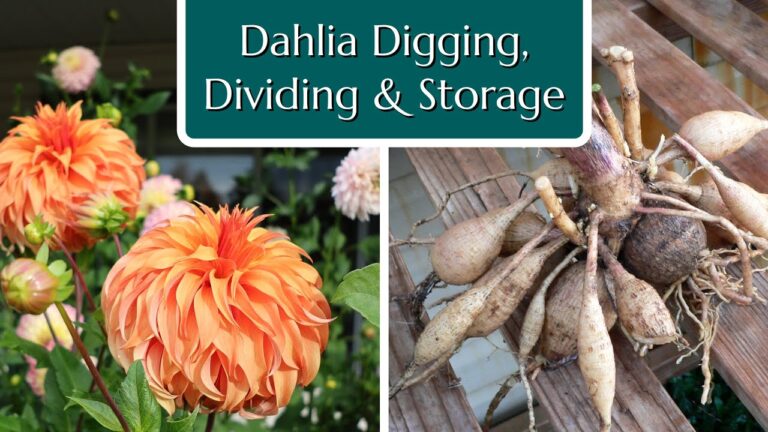If you’ve ever wondered about the difference between own-root and grafted roses, you’re not alone. This debate has been blooming (pun intended) for decades among gardeners, with passionate opinions on both sides. Whether you’re new to roses or looking to deepen your understanding, we’re here to help demystify the topic and give you the tools to choose what’s right for your garden.
What’s the Difference?
At its core, the distinction between own-root and grafted roses is simple:
- Own-root roses grow entirely on their own root system, propagated through cloning methods like cuttings. These plants are genetically consistent from top to bottom, meaning they are one plant in every sense.
- Grafted roses, by contrast, are created by combining two plants – and so remains genetically two different roses. A piece (called the scion) of the desired rose is joined to a root system (rootstock) from another variety. The scion grows above ground, while the rootstock provides vigor and resilience below.
Grafting is common in horticulture. For example, apples are often grafted onto dwarf rootstocks to manage tree size in orchards. Similarly, roses use grafting to combine traits that growers and gardeners value.
Why Choose Grafted Roses?
Grafted roses are widely used in large-scale rose production, largely because they fit the grower’s business model. Rootstocks like Dr. Huey (commonly used in North America, known for tolerating alkaline soils), Rosa fortuniana (ideal for sandy, nematode-prone soils like Florida’s), and Rosa multiflora (valued for its adaptability to heavier soils and disease resistance) are carefully selected for their practical benefits. Here’s a more detailed look at some of the rootstocks in an article from the Santa Clarita Valley Rose Society.
These rootstocks help growers produce larger plants quickly, meeting customer expectations for roses that establish fast and bloom early. Grafting is also essential for producing standard (tree) roses, where they can indeed be composed of 3 different roses to create their distinctive shape on a uniform trunk.
However, the idea that grafted roses inherently have “stronger root systems” can be overstated. In many cases, rootstocks are chosen primarily for ease of production rather than absolute superiority.
Advantages:
Grafted roses tend to:
- Arrive as larger, more developed plants, establishing quickly in the garden.
- Adapt well to specific challenges, such as nematode resistance (Rosa fortuniana) or tolerance for alkaline soils (Dr. Huey).
Challenges:
Grafted roses can also present unique challenges:
- Suckers: Vigorous shoots from the rootstock can overtake the scion if left unchecked.
- Graft Union Weakness: Over time, the graft union can become knobby and brittle, leaving the plant vulnerable to disease or structural failure.
- Shorter Lifespan: While grafted roses typically live about 15 years, own-root roses often surpass this. For perspective, the world’s oldest rose—a 1,000-year-old Rosa canina—is growing on its own roots.

Why Choose Own-Root Roses?
Own-root roses grow entirely on their own roots, without any grafting involved. These plants are typically propagated through cuttings, and they thrive as genetically unified plants.
Own-root production has gained popularity in recent years, especially as modern landscape roses like the Knock Out series and many Kordes and Meilland varieties are bred specifically to perform well on their own roots. This shift reflects changing consumer preferences for low-maintenance, resilient roses.
Advantages:
- No Suckers: Since the plant is genetically consistent, there’s no risk of unwanted growth from a separate rootstock.
- Longevity and Renewal: Own-root roses can rejuvenate naturally by producing basal shoots from the soil line.
- No Graft Union: Without a graft union, the plant avoids the structural vulnerabilities associated with grafted roses.
Challenges:
While own-root roses offer significant advantages, some challenges remain:
- Slower Establishment: These roses take longer to reach full size compared to grafted roses, which arrive larger and more mature.
- Variety-Dependent Vigor: Although it’s often said that own-root roses have weaker root systems, my experience with over 450 varieties suggests this is rare. Only a handful of roses truly struggle to thrive on their own roots.
Which Should You Choose?
Your choice between own-root and grafted roses depends on your gardening goals and local conditions:
- Grafted roses are ideal for gardeners who want fast establishment or are growing roses in challenging conditions like alkaline or sandy soils.
- Own-root roses are better suited for gardeners seeking long-lived plants with minimal maintenance, especially where resilience and renewal are priorities.
If you’re experimenting, consider growing both types to see what performs best in your garden.
Care Tips for Success
Regardless of type, proper care is key:
- Planting Depth: For grafted roses, plant the graft union at or slightly below soil level, and deeper in colder climates to protect against freezing.
- Sucker Management: Check for and remove any growth from below the graft union to keep the scion in control.
- Encourage Basal Shoots: For own-root roses, prune lightly to promote new growth from the soil line, ensuring continued vigor.
Final Thoughts
The choice between own-root and grafted roses ultimately comes down to what you value most: speed and convenience or longevity and resilience. Both types offer unique benefits, and the best approach may be to try a mix and see what works best for your garden. After all, there’s no wrong choice when it comes to growing roses—they’re all a labor of love.




